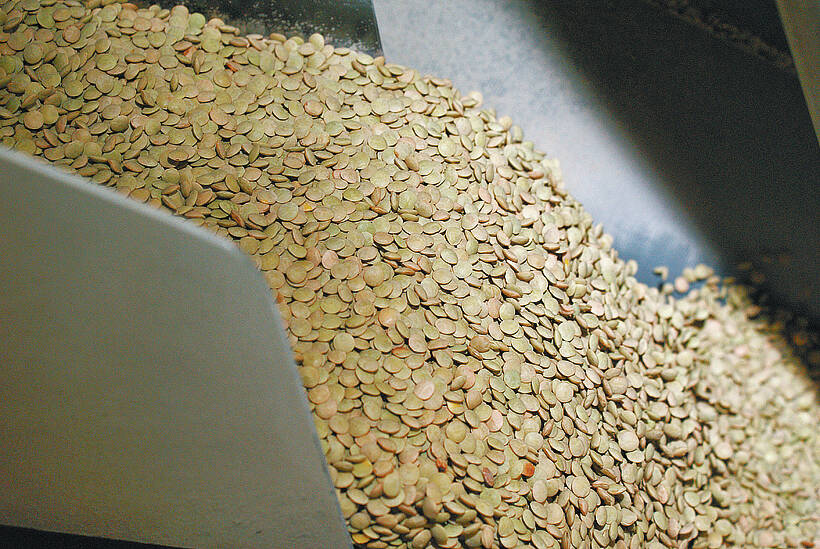Beef labeling ringing alarms
The Canadian beef industry is alarmed about a proposal in the United States that could require country-of-origin labeling.
The Canadian industry and federal government are right to fight this effort to set up a thinly disguised import barrier.
But if worse comes to worst and the initiative is made law, the impact might not be as bad as feared.
Cattle Buyers Weekly, an influential American newsletter, says research shows U.S. shoppers don’t care where their food comes from. In 20 years of research by the U.S.Food Marketing Institute, consumers have never said they want country-of-origin labeling.
Read Also

Green lentil market oversupplied
Farmers in Western Canada can expect price pressure on their new crop of green lentils, as the available supplies among the world’s major lentil-growing nations increase significantly.
Retailers say customers want wholesome, high quality and good value food that is easy to prepare.
What could indicate a more wholesome and quality product than a label with a picture of a steer grazing in the shadow of the Rockies with Made in Canada stamped on it?
Green seed big in canola
There is more green seed in canola than there has been in the past few years. Anyone who read The Western Producer’s crop report last week saw reference to green seed in each province.
Tony Zatylny, of the Canola Council of Canada, says his group is having a hard time keeping its green seed analysis kits in stock.
The reason, says Zatylny, is the hot, dry weather since the end of July. In a normal year, once the crop is swathed, enzyme activity continues to cure the seed, clearing the chlorophyll.
But this year it’s so hot that swaths have dried much quicker and all plant processes have stopped.
Most producers know that means price discounts if the seed gets delivered in that state. The chlorophyll can be removed in refining, but it costs more to do it.
To grade No. 1, the sample can have no more than two percent distinctly green seeds. No. 2 is six percent, No. 3 is 20 percent and anything over 20 percent is sample grade.
Green seed was also a problem in the first half of the decade, but then the culprit was frost. With the cold, seed cell walls rupture and there is nothing that can be done.
The good news is that heat-induced green seed can clear up if the swaths get a shower that wakes up the plants and reactivates processes that clear the chlorophyll.
Farmers who have a severe green seed problem have to be patient and hope for rain.














